Expert Tree Care in Northeast Ohio: Protecting, Preserving, Enhancing Your Outdoor Spaces.
Led by a Board Certified Master Arborist, we provide science-based solutions for tree health, safety, and long-term vitality, transforming your outdoor spaces.
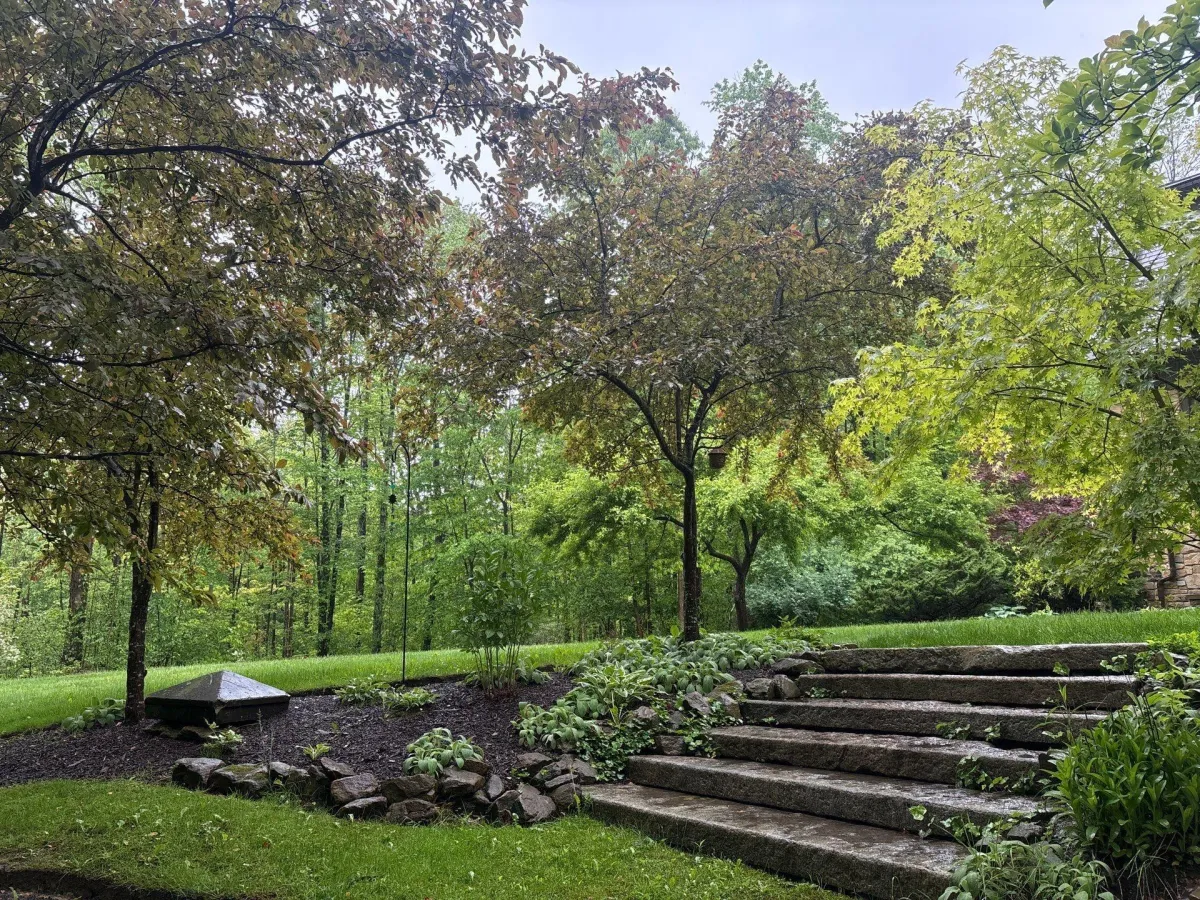

Who We Are
Beyond Beauty: The Science of Healthy Trees.

At Trees and Gardens Consulting, we understand that your trees and landscape are more than just scenery – they're vital assets, investments, and part of your property's enduring legacy. We guide you through the puzzles of tree health, from subtle diseases to potential risks. Our mission is to empower you with knowledge and deliver personalized, research-driven solutions that promote sustainability, enhance safety, and foster a deeper appreciation for the ecological value of your trees. Every service is grounded in integrity and environmental stewardship.
Our Services
Precision Care for Every Stage of Your Tree's Life.
Tree Risk Assessments
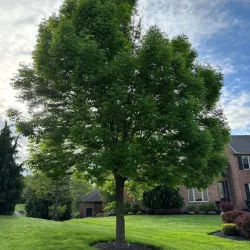
Performed by a Tree Risk Assessment Qualified Master Arborist, our thorough evaluations, including resistograph testing, provide you with detailed reports for ultimate peace of mind and safety.
Expert Consultations
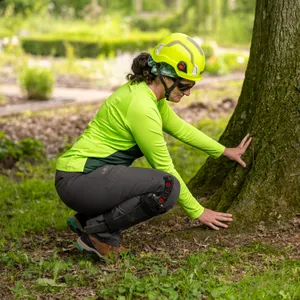
Gain clarity and confidence for your trees. Schedule an onsite consultation with Tina Graver, Board Certified Master Arborist, for expert, science-based recommendations tailored to your outdoor spaces.
Soil & Plant Health Care
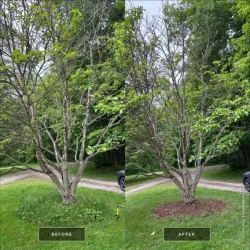
Unlock vibrant growth and long-term vitality. Our customized programs, including deep root fertilization and airspade decompaction, ensure optimal tree and shrub health from the ground up.
Tree Preservation & Planting
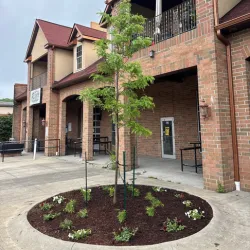
From expert species selection and proper planting to protecting valuable trees during construction, we ensure your landscape thrives for generations.
Annual Tree & Shrub Care Plans

Our renewable annual plans offer continuous inspections, proactive prevention, and seasonal treatments, ensuring the consistent health and beauty of your trees and shrubs.
Pest & Disease Management

Safeguard your valuable trees from common pests and diseases in Northeast Ohio with our expert field diagnostics, lab confirmation, soil and foliar nutrient testing, and targeted, science-based treatments.
What We Offer
The Difference is Our Scientific Edge.
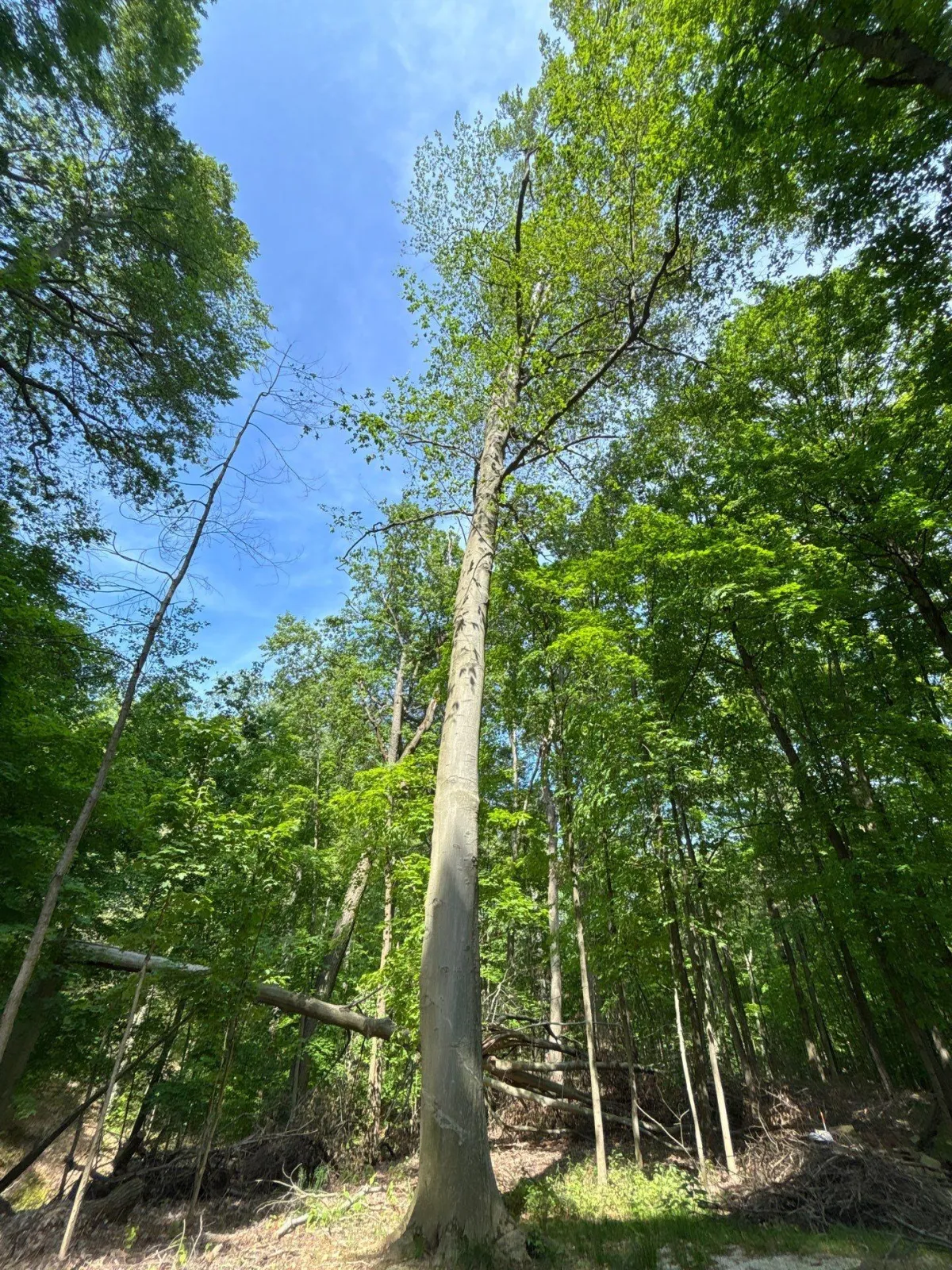
In the complex landscape of tree care, our commitment to scientific rigor, personalized education, and enduring relationships sets us apart. We don't just provide services; we empower you with the knowledge to make informed decisions for your property's future.
Board Certified Master Arborist Expertise: Unparalleled qualifications for precise diagnosis and strategic solutions.
Science-Based Approach: Every recommendation is grounded in research and data, ensuring effective and sustainable care.
Personalized Client Education: We empower you with knowledge to understand your trees and make informed choices.
Integrity & Stewardship: Honest, unbiased advice with a deep commitment to environmental health and safety.
Local Northeast Ohio Focus: Proudly serving our community with dedicated, accessible expertise.
Frequently Asked Questions
Are you a Certified Arborist?
Yes—I’m not only a Certified Arborist, I’m a Board Certified Master Arborist, which is the highest credential offered by the International Society of Arboriculture (ISA). To become a Certified Arborist, one must have at least three years of professional experience and pass an exam covering tree biology, pruning, diagnosis, risk assessment, and more. The Board Certified Master Arborist designation requires additional years of experience, recommendations, and passing a separate, advanced exam. It reflects in-depth knowledge of complex topics like soil science, consulting, construction preservation, and ethics. Fewer than 2% of ISA-certified professionals hold this title.
What is the green stuff growing on my tree bark?
That’s likely lichen or moss. Both are natural and usually harmless to the tree. Lichens are a combination of algae and fungus and often indicate good air quality. Moss grows in moist, shaded environments. While they don’t damage the tree directly, their presence may signal conditions worth monitoring, like low light or poor airflow.
When is the best time to prune my tree?
It depends on the species and the reason for pruning. For most trees, winter is the best time, since the tree is dormant, stress is minimized, and disease risk is lower. Some trees, like maples or birches, may bleed sap if pruned in winter, so timing may shift slightly. Emergency or clearance pruning can be done any time of year.
My tree doesn’t look healthy. Can you tell me what’s wrong?
Yes. I offer professional tree and shrub health assessments. Many factors—pests, diseases, soil problems, weather events, or poor planting—can affect tree health. I use science-based diagnostics, including tools like a resistograph or lab testing, to determine the cause and recommend an appropriate solution. A $140 consultation fee applies for this service and includes a detailed site evaluation and follow-up recommendations. If you proceed with treatment, this fee may be credited toward the service.
How often should my tree be evaluated?
A general inspection once a year is recommended for most trees. If your tree has cabling or bracing, it should be inspected at least annually to check the hardware. Trees with known structural issues under a mitigation plan should be evaluated after every major storm. Pruning is generally needed every 3 to 5 years for mature hardwoods.
What is the root flare?
The root flare is where the trunk widens and transitions into the root system at the base of the tree. It should be visible above the soil line. A buried root flare can lead to girdling roots, decay, and instability. Exposing the root flare through proper planting or air spade excavation helps the tree establish correctly and remain healthy.
How long should I leave my tree staked?
Stakes should typically be removed after one growing season—about 6 to 12 months. They are meant to provide temporary support while roots establish. Leaving stakes on too long can damage the bark, weaken the trunk, and limit natural movement that helps strengthen young trees. If your tree is still unstable after a year, it may need further evaluation.
How should I care for my newly planted tree?
New trees need consistent watering, especially in the first two years. Avoid fertilizing during the first year and keep mulch pulled back from the trunk. Structural pruning should begin around year 2–3 to correct any early defects. I provide specific, written care guidelines with each planting and can offer additional support services if needed.

Are you the one who climbs or cuts the trees?
No. My role focuses on the diagnosis, planning, and consulting side of tree care. I’m a Board Certified Master Arborist specializing in tree health, risk assessment, and science-based recommendations. When a tree requires climbing, pruning, removal, or other work that involves leaving the ground, I collaborate with qualified industry partners. These crews carry out the physical work based on my prescriptions and under my supervision when needed.
Do you offer a warranty on newly planted trees
No, I don’t offer a formal warranty on tree installations, as survival depends on many factors outside my control—such as weather, watering, soil conditions, and site care. However, I provide detailed follow-up care instructions and can quote optional follow-up services to improve establishment, such as watering support or soil care.

F. A. Q
Here are just a few answers to common questions we receive from our valued clients. We look forward to answering all of your questions about arborculture installation, care and maintenance.

Gallery
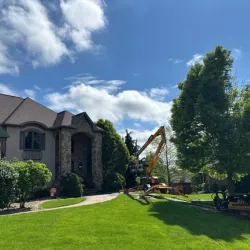
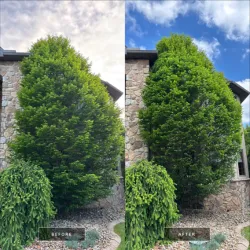


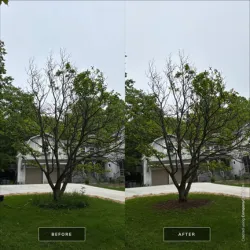


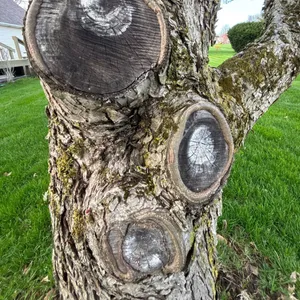
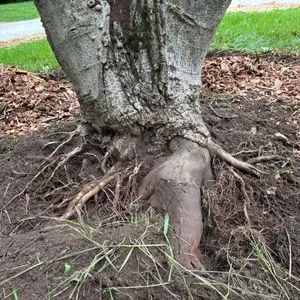


Facebook
Instagram
LinkedIn